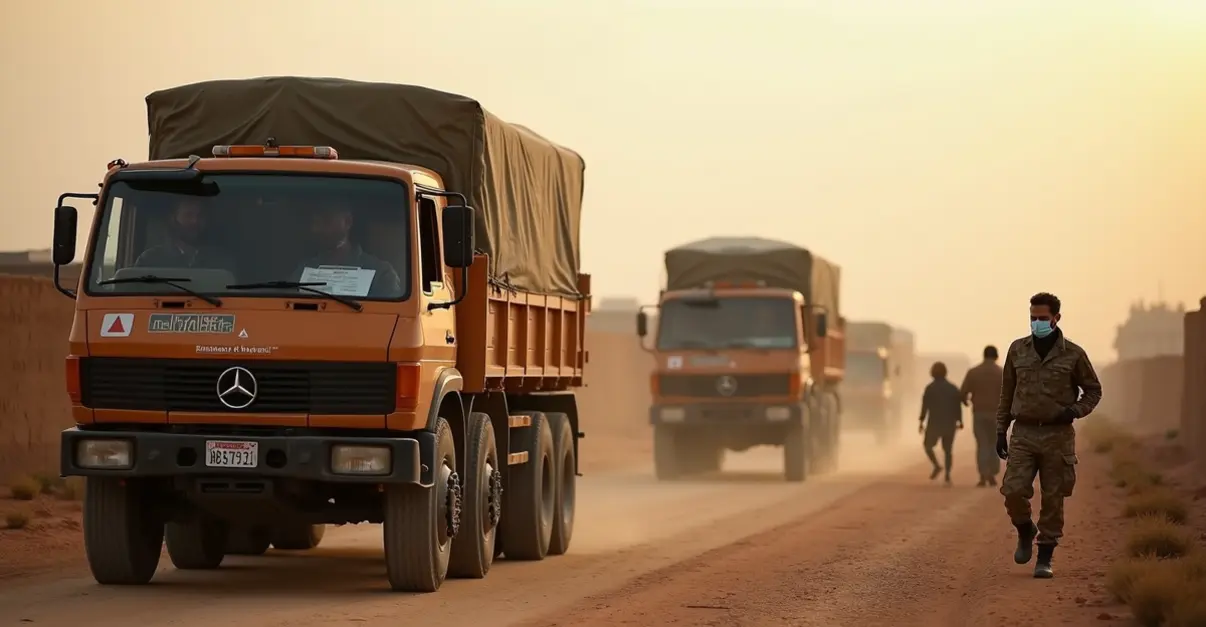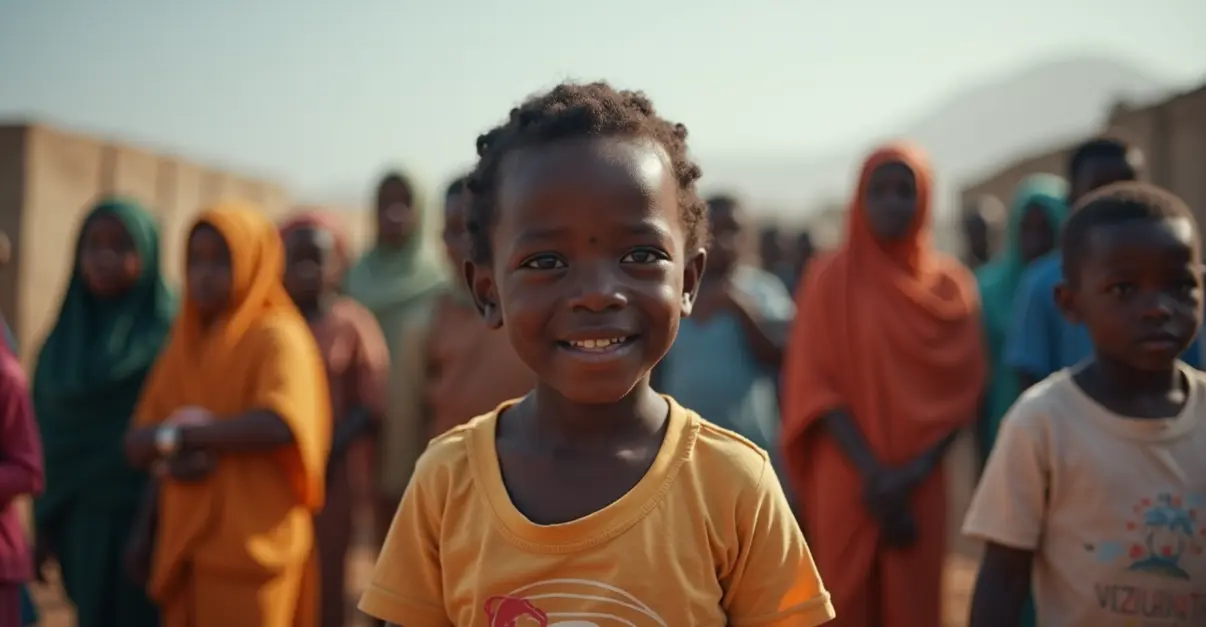Global humanitarian aid faces crisis as funding drops 9.6% while flood disaster needs escalate. Logistics optimization and donor monitoring become critical amid fragmented funding sources and reduced US capabilities.

International Aid System Faces Unprecedented Strain
The global humanitarian aid system is confronting a perfect storm as funding for flood-affected regions declines sharply while disaster needs escalate dramatically. According to new OECD data, humanitarian aid dropped by 9.6% in 2024, marking the first decline in official development assistance in five years. 'We're seeing a dangerous divergence between rising needs and shrinking resources,' says Dr. Maria Santos, a humanitarian policy expert at the International Rescue Committee. 'The gap between required funds and actual donations reached nearly $25 billion in 2024, and we expect this to more than double as major donors slash their budgets.'
Funding Distribution Challenges
The logistics of distributing aid have become increasingly complex as funding sources fragment. Only four DAC countries - Luxembourg, Norway, Sweden, and Denmark - currently meet the EU's modest target of spending 0.07% of GNI on humanitarian aid. 'Smaller donors are becoming pivotal, but they employ different strategies,' explains John Peterson, a senior analyst at The New Humanitarian. 'Some focus heavily on high-profile crises like Ukraine and Palestine, while others spread funding more broadly across multiple emergencies.'
Logistical Nightmares in Flood Response
Recent research published in Nature demonstrates the critical importance of optimized logistics during flood disasters. The study presents a two-stage optimization framework that addresses supply shortages by integrating resource scarcity indices and disaster severity indices. 'Our model shows that considering both resource scarcity and disaster indices performs 4% better than traditional approaches,' notes lead researcher Dr. Chen Wei. 'This becomes particularly crucial in scenarios with uneven disaster severity distribution.'
The second stage involves a vehicle routing model that accounts for rainfall effects and dynamic vehicle speeds, using a hybrid Genetic Simulated Annealing algorithm for enhanced computational efficiency. This methodology adapts to varying disaster spatial patterns and balances efficiency with equity under supply constraints.
Donor Monitoring and Accountability
Transparency in donor monitoring has become increasingly important as funding becomes scarcer. The humanitarian system must adapt to this new funding reality where coordination and strategic allocation become increasingly crucial. 'We're seeing donors deprioritizing humanitarian aid within overall ODA spending,' says Peterson. 'Only Sweden and the UK are maintaining humanitarian priorities while making cuts elsewhere.'
Recovery Priorities in Focus
The International Rescue Committee's 2025 report reveals that needs and extreme poverty are increasingly concentrated in conflict-affected states facing climate change convergence. 'The aid system is being spread increasingly thin across multiple priorities rather than focusing on life-saving assistance where most needed,' warns Dr. Santos. 'We need new thinking on aid prioritization, delivery methods, and funding approaches to maintain progress with fewer resources.'
The situation is particularly dire given the dismantling of USAID's humanitarian capabilities. According to CSIS analysis, the Bureau for Humanitarian Assistance staff was reduced from over 1,000 to just 50 people embedded within the State Department. This has severely impacted the U.S. ability to respond rapidly to disasters - previously deploying teams within 24-48 hours, but now taking over three days as seen in the Myanmar earthquake response.
Looking Forward
As climate change intensifies flood risks globally, the humanitarian community faces unprecedented challenges. The sector must develop more resilient approaches to disaster response, leveraging technology and improved coordination to maximize impact with limited resources. 'The future of humanitarian aid depends on our ability to innovate and adapt,' concludes Dr. Santos. 'We cannot afford to continue with business as usual when millions of lives are at stake.'

 Nederlands
Nederlands
 English
English
 Deutsch
Deutsch
 Français
Français
 Español
Español
 Português
Português









